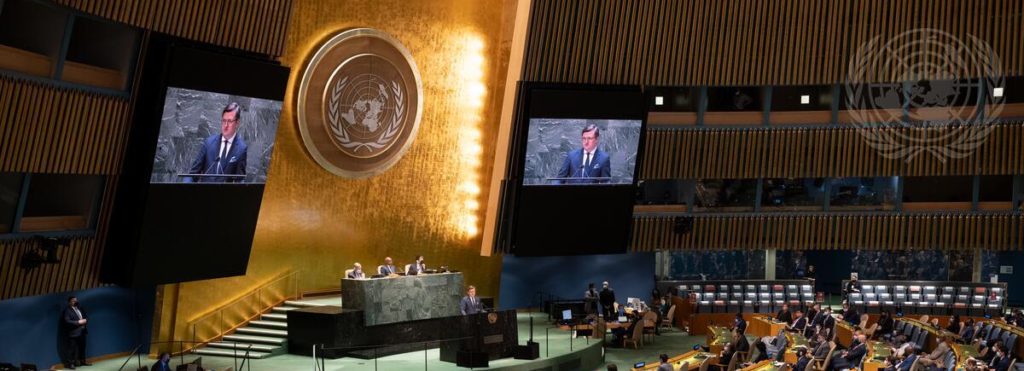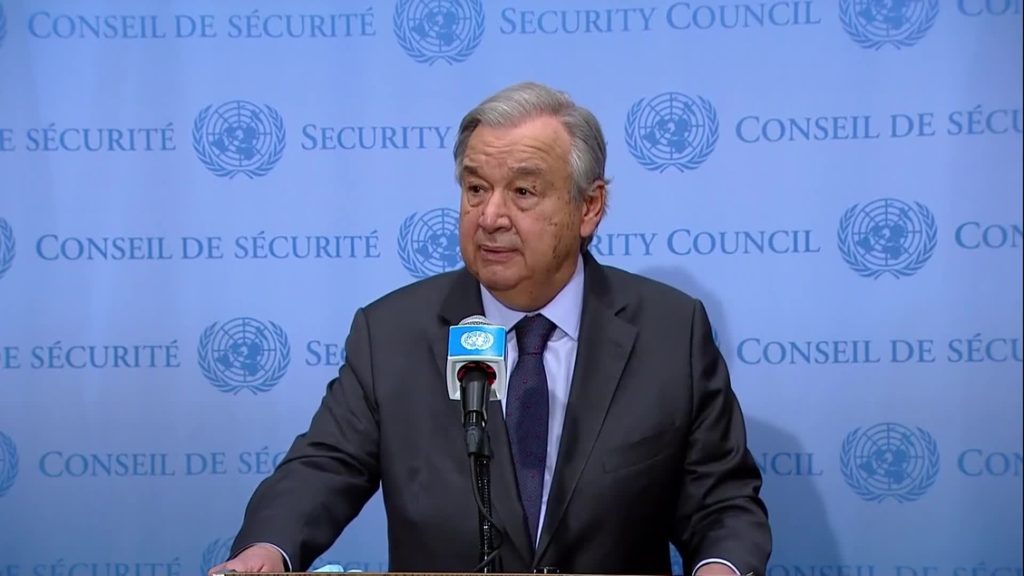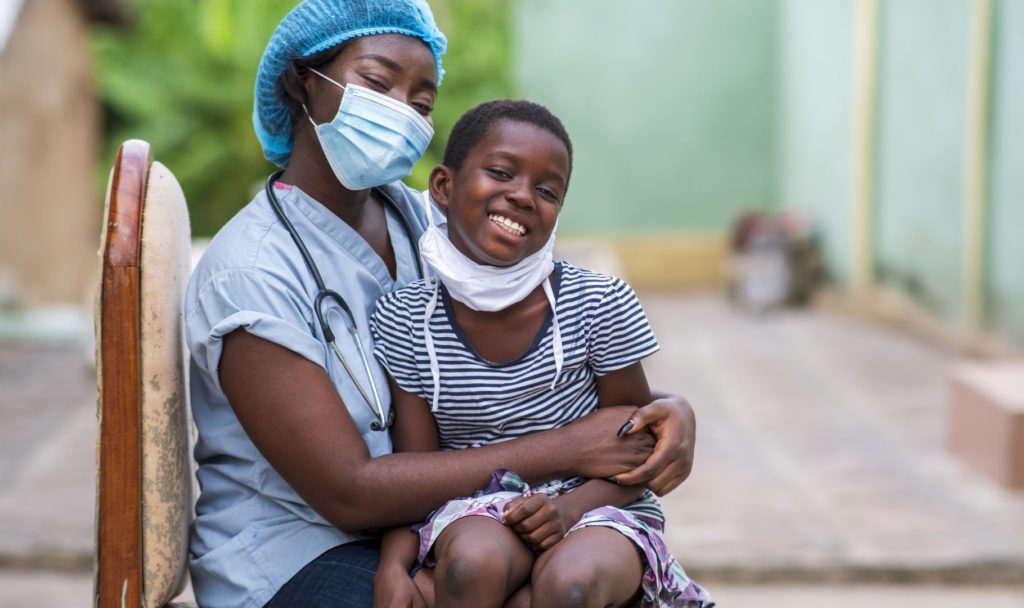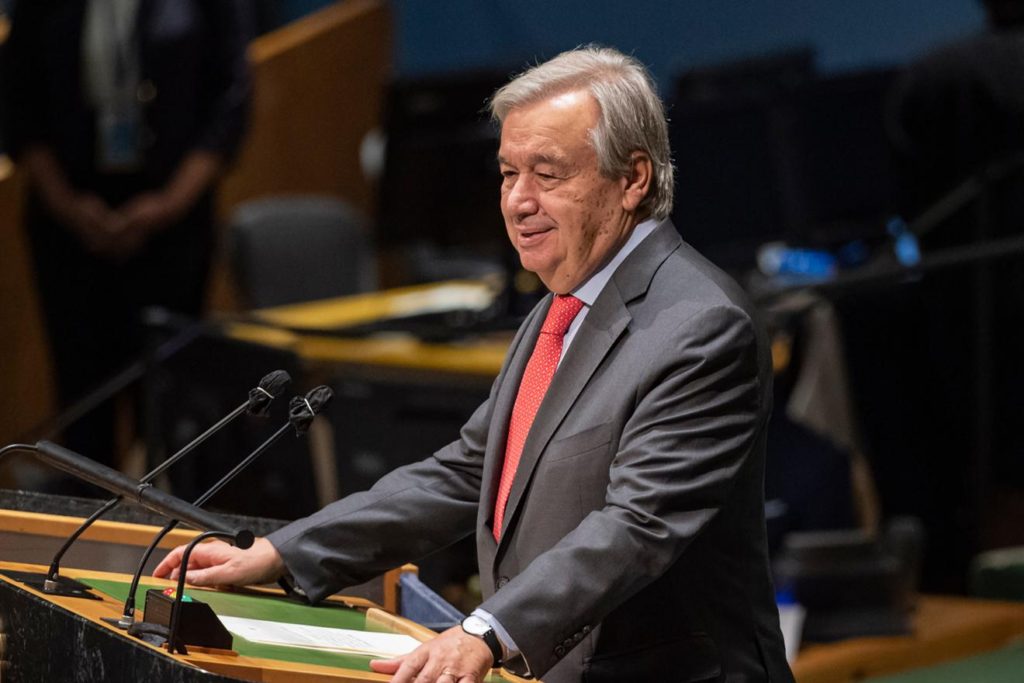UN General Assembly condemns Russia’s military operations in Ukraine
By J. Tuyet Nguyen
New York, March 2 – The United Nations General Assembly voted overwhelmingly 141-5 to adopt a resolution condemning Russia’s invasion of Ukraine and demanding that Russia withdraw its military forces and respect Ukraine’s sovereignty and territorial integrity. A total of 35 countries abstained.
The five countries voting against were Russia, Belarus, Syria, North Korea and Eritrea.
The resolution adopted by the 193-member assembly in an emergency special session reaffirmed the UN commitment to the sovereignty, independence, unity and territorial integrity of Ukraine within its internationally recognized borders.
It condemned Russia’s “special military operation” against Ukraine and “deplored in the strongest terms the Russian Federation’s aggression against Ukraine” in violation of the UN Charter. The resolution called for an immediate and complete cease-fire and for the immediate withdrawal of Russian military forces from Ukraine.
The resolution also condemned all violations of international humanitarian law and violations and abuses of human rights, and it called on all parties to strictly respect relevant provisions of international humanitarian law.
On February 24, the UN Security Council, which is the top political body in the organization, attempted to condemn the Russian military operations that started on February 23 but a vote on a resolution failed due to a veto by the Russian representative. In the vote, 11 members voted in favor of the resolution, Russia voted against and three members abstained: China, India and the UAE.
Contrary to voting rules in the 15-nation Security Council, a negative vote in the General Assembly does not constitute a veto, which automatically blocks a resolution from being adopted. In the Security Council the five permanent members – the US, Russia, France, China and the UK – each has the right to block a vote regardless of whether a majority of council members voted in favor of a resolution.
The council then asked the General Assembly to take action on the resolution condemning the invasion of Ukraine under an emergency procedure known as Uniting for Peace. Only 10 such special sessions had been held by the assembly since 1950. The special sessions give the assembly the power to take up matters of international peace and security when the Security Council is unable to act because of the lack of unanimity among its five veto-wielding permanent members.
“The fighting in Ukraine must stop,” UN Secretary-General Antonio Guterres said in an address to the special emergency session. “It is raging across the country, from air, land and sea. It must stop now.”
Guterres said Russia’s decision to put its nuclear forces on high alert is a “chilling development. The mere idea of a nuclear conflict is simply inconceivable. Nothing can justify the use of nuclear weapons.”
“We face what could easily become Europe’s worst humanitarian and refugee crisis in decades, with the numbers of refugees and internally displaced multiplying by the minute.”
Ambassador Olof Skoog, head of the European Union Delegation to the UN, told the assembly that the EU “condemned in the strongest possible terms the unprovoked invasion of Ukraine by armed forces of the Russian Federation in violation of Ukraine’s independence, sovereignty, and territorial integrity.
“We also condemn the involvement of Belarus in this aggression against Ukraine. We urge both Russia and Belarus to abide by their international obligations.
We are also alarmed by Russia’s raising of the nuclear alert level. We call on Russia to de-escalate and to immediately return to the previous alert level of its nuclear arsenal and to avoid any actions that could risk the safety or security of the nuclear power plants in Ukraine, a non-nuclear weapon State under the Nuclear Non-Proliferation Treaty (NPT).”
“Russia bears full responsibility for this aggression and the resulting loss of life and destruction. We demand from Russia to cease its military operations immediately and unconditionally and to withdraw all forces and military equipment from the entire territory of Ukraine within its internationally recognized borders. We further call on Russia to engage in earnest in dialogue with a view to a political and diplomatic solution.”
UN appeals for $1.7 billion as humanitarian needs soar in Ukraine and neighboring countries
(Following is a press release from Humanitarian Affairs and Emergency Relief Coordinator and UN High Commissioner for Refugees in Geneva)
The United Nations and humanitarian partners launched coordinated emergency appeals for a combined $1.7 billion to urgently deliver humanitarian support to people in Ukraine and refugees in neighboring countries.
The escalation of conflict has triggered an immediate and steep rise in humanitarian needs as essential supplies and services are disrupted and civilians flee the fighting.
The UN estimates that 12 million people inside Ukraine will need relief and protection, while more than 4 million Ukrainian refugees may need protection and assistance in neighboring countries in the coming months.
UN humanitarian chief Martin Griffiths said: “Families with small children are hunkered down in basements and subway stations or running for their lives to the terrifying sound of explosions and wailing sirens. Casualty numbers are rising fast. This is the darkest hour for the people of Ukraine. We need to ramp up our response now to protect the lives and dignity of ordinary Ukrainians. We must respond with compassion and solidarity.”
The Flash Appeal asks for $1.1 billion to assist 6 million people inside Ukraine for an initial three months. The program includes multipurpose cash assistance for the most vulnerable people, food assistance, water and sanitation, support to health care and education services, and shelter assistance to rebuild damaged homes. The plan also aims to deliver support to authorities to maintain and establish transit and reception centres for displaced people and prevent gender-based violence.
Aid groups will need safe and unimpeded access to all conflict-affected areas according to the core humanitarian principles of humanity, neutrality, impartiality and operational independence.
With more than half a million refugees having fled Ukraine to neighboring countries in the past five days alone, and many more expected, support is also required to meet the critical needs of those seeking protection outside the country.
The UN High Commissioner for Refugees, Filippo Grandi, said: “We are looking at what could become Europe’s largest refugee crisis this century. While we have seen tremendous solidarity and hospitality from neighboring countries in receiving refugees, including from local communities and private citizens, much more support will be needed to assist and protect new arrivals.”
An inter-agency Regional Refugee Response Plan (RRP) for the Ukraine situation asks for a preliminary $550.6 million to help refugees in Poland, the Republic of Moldova, Hungary, Romania and Slovakia, as well as in other countries in the region in order to help host countries provide shelter, emergency relief items, cash assistance, and mental health and psychosocial support to those who fled Ukraine, including people with specific needs, such as unaccompanied children. Media contacts: Shabia Mantoo, UNHCR, mantoo@unhcr.org, +41 79 337 7650 – Jens Laerke, UNOCHA, laerke@un.org, +41 79 472 9750
Read more News on Conflict here
United Nations correspondent journalists – United Nations correspondent journalists – United Nations correspondent journalists
United Nations journalism articles – United Nations journalism articles – United Nations journalism articles
UN General Assembly condemns Russia’s military operations in Ukraine Read More »










